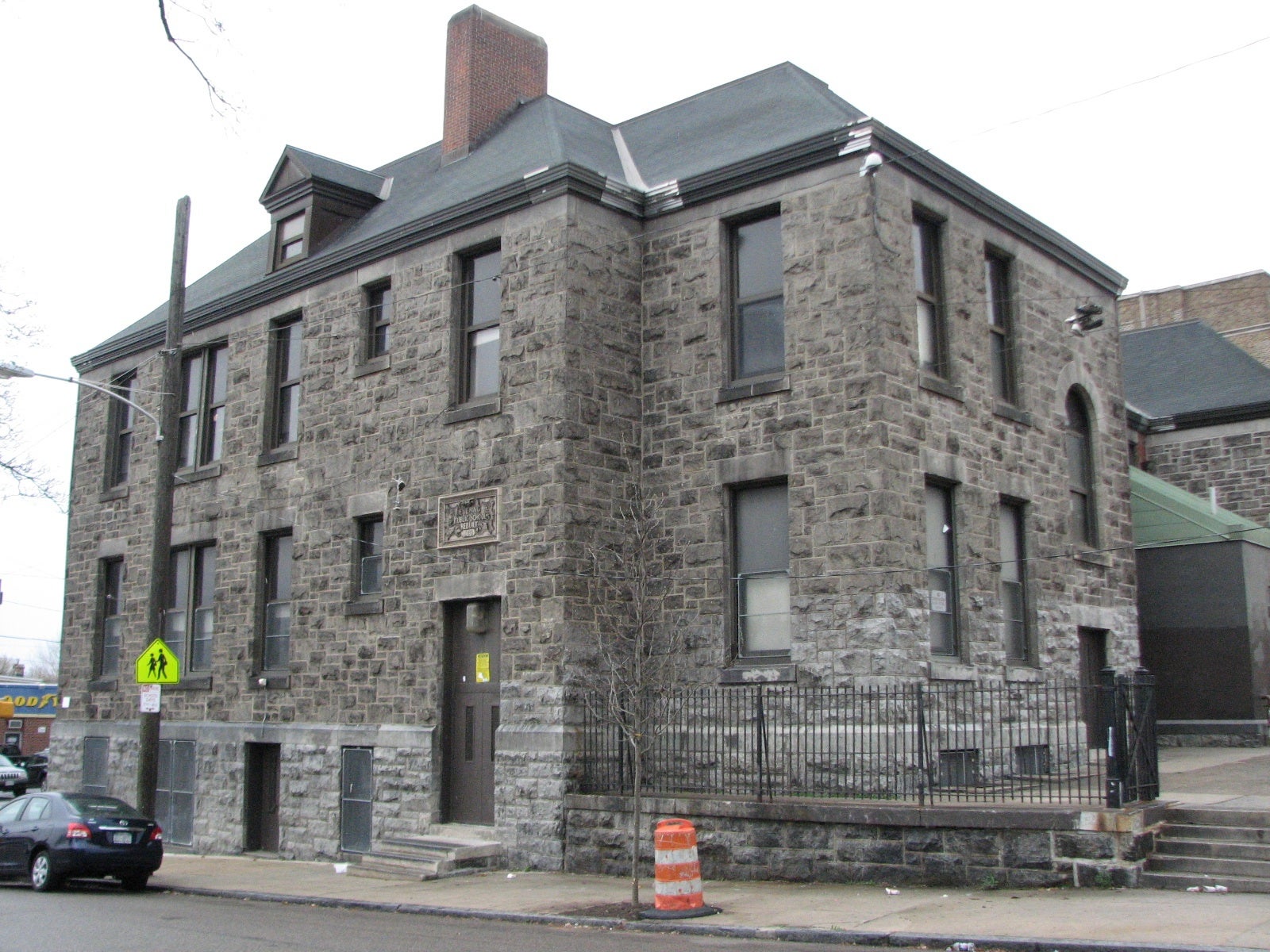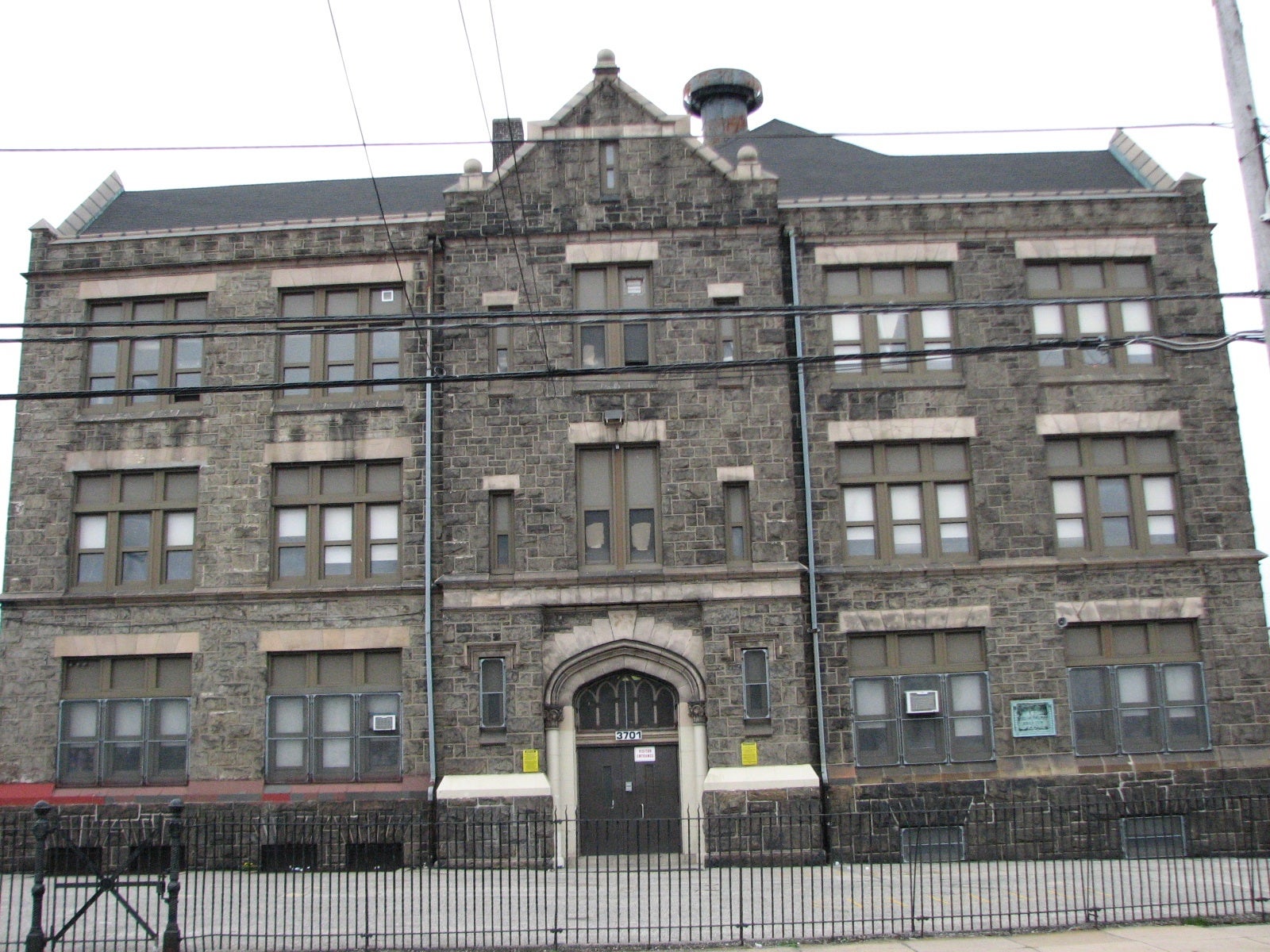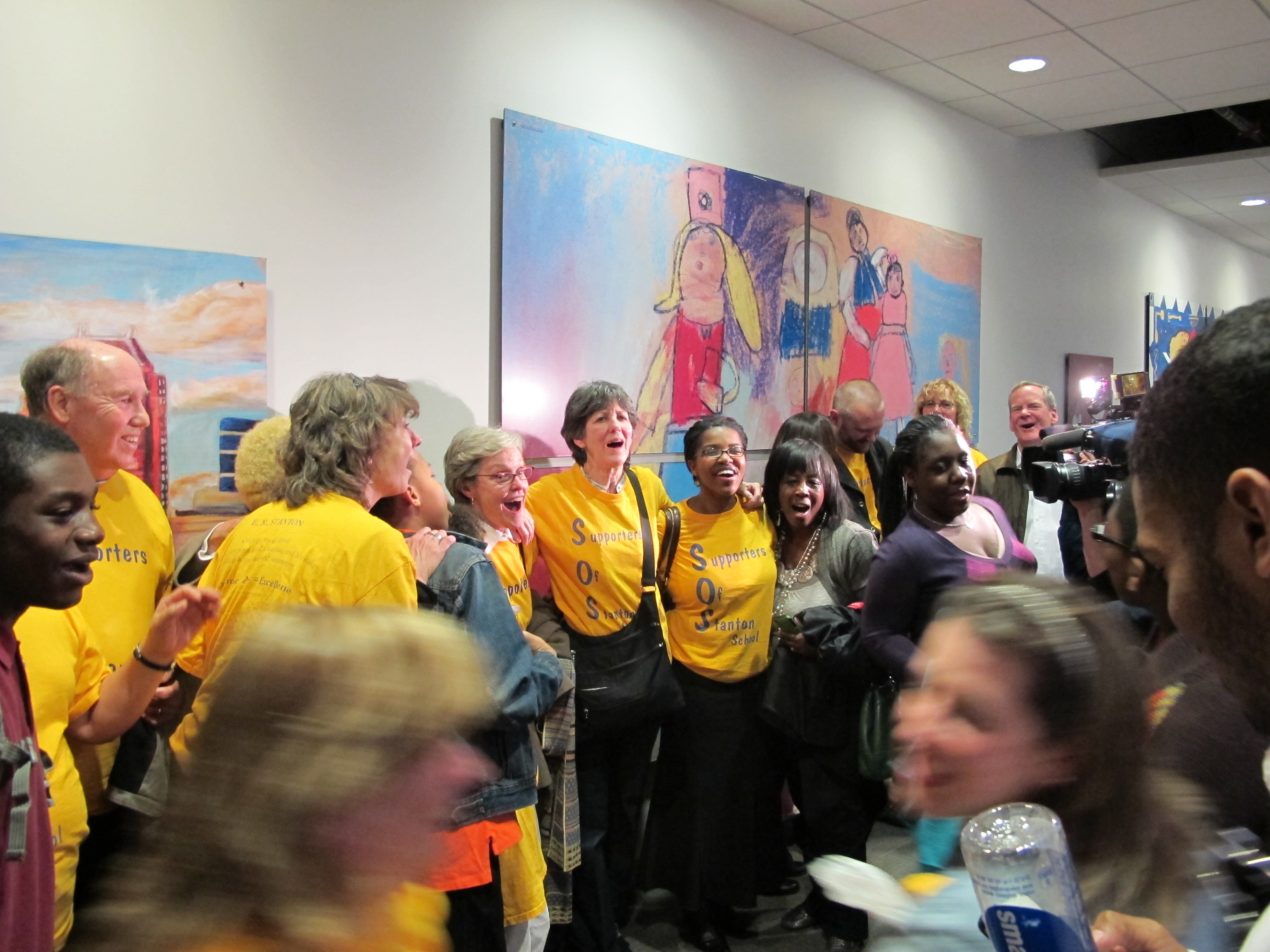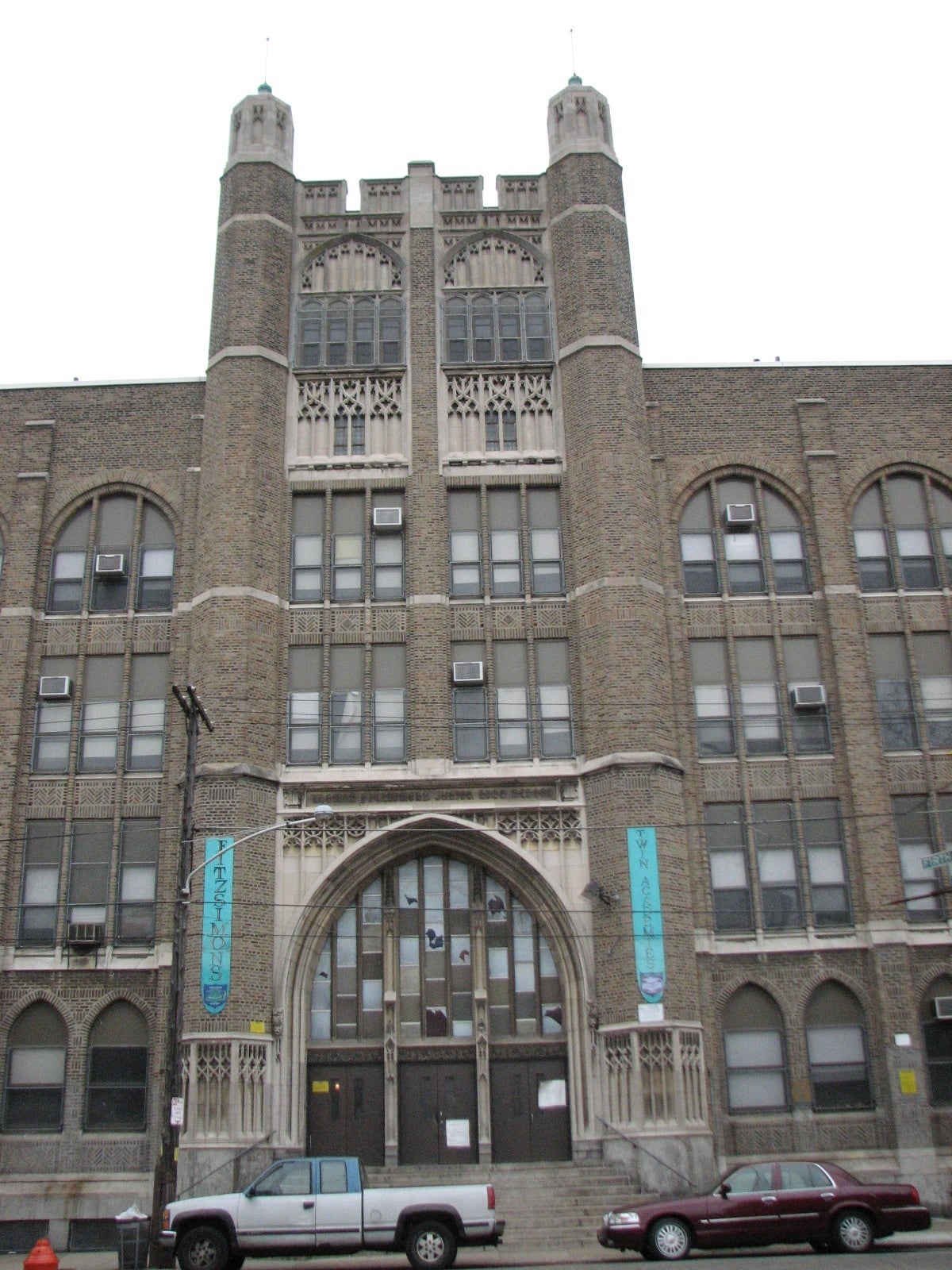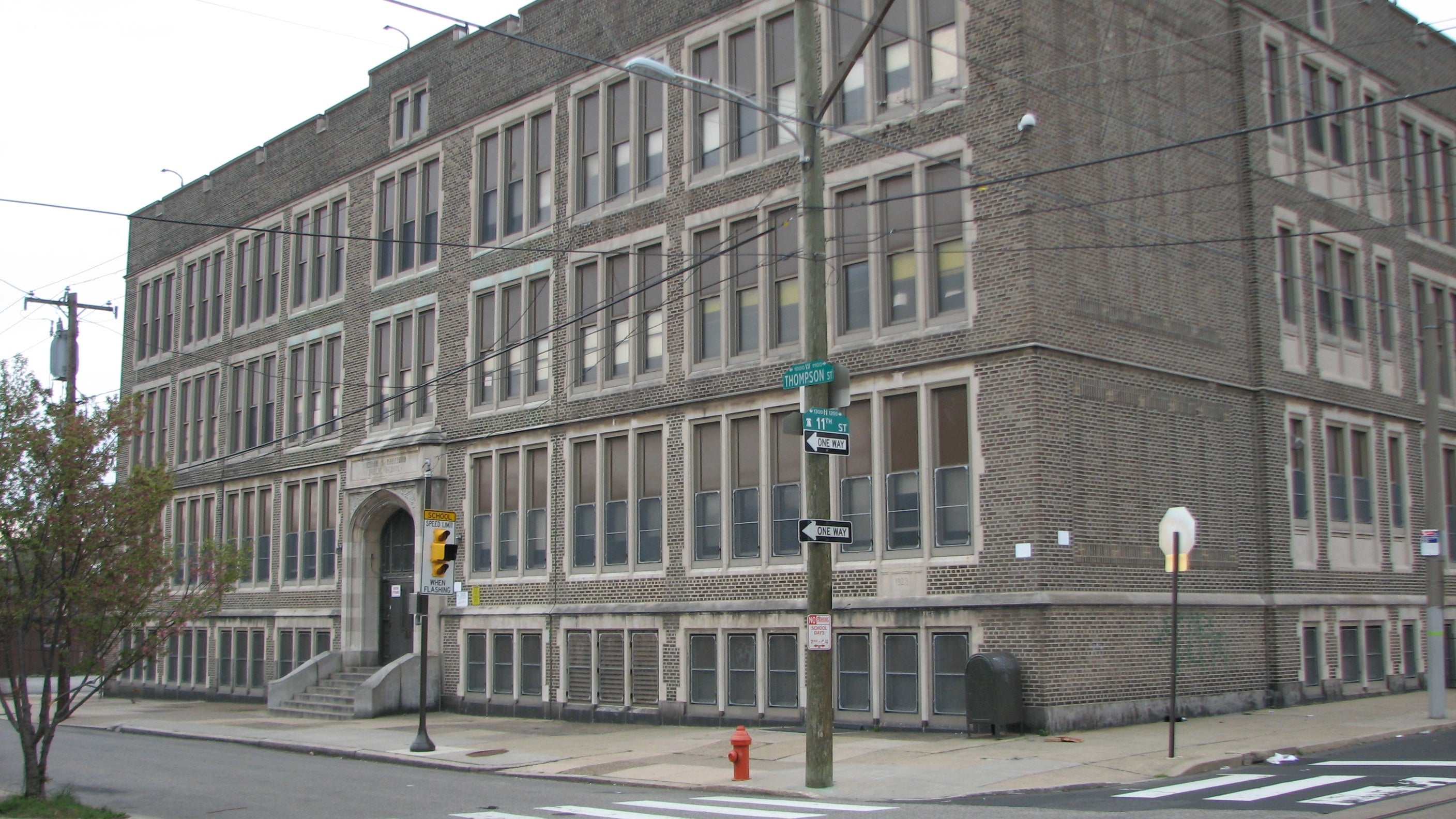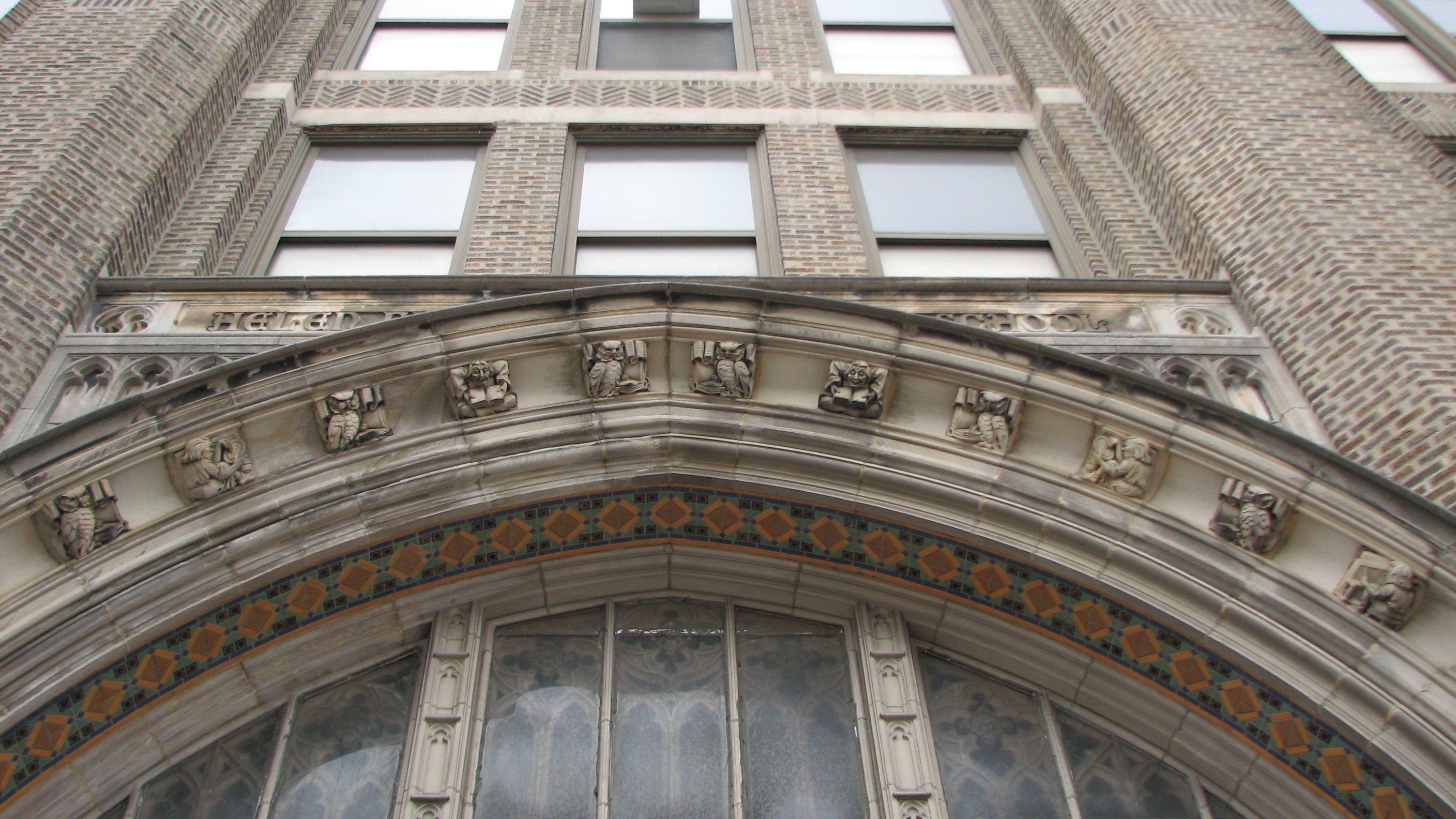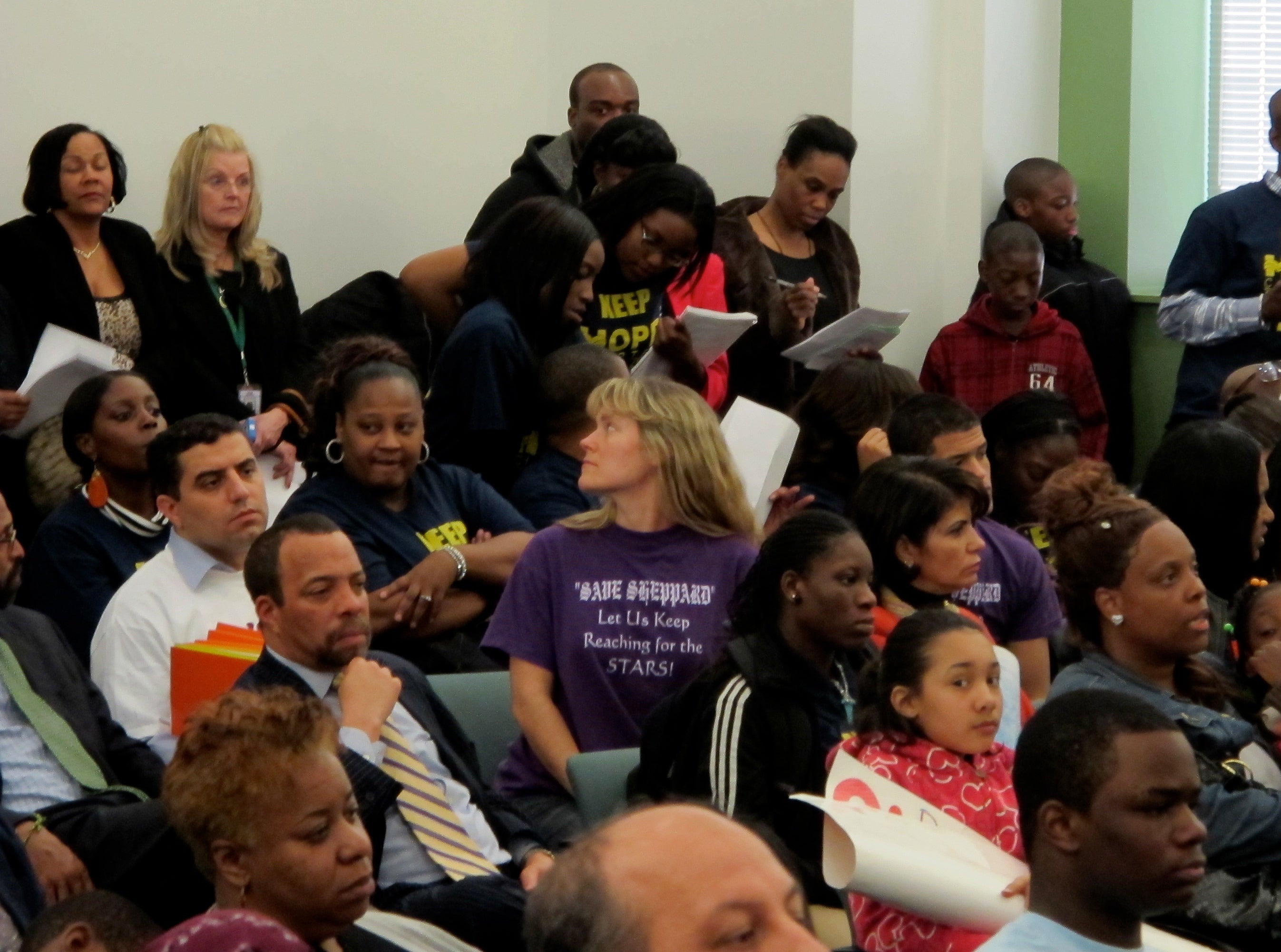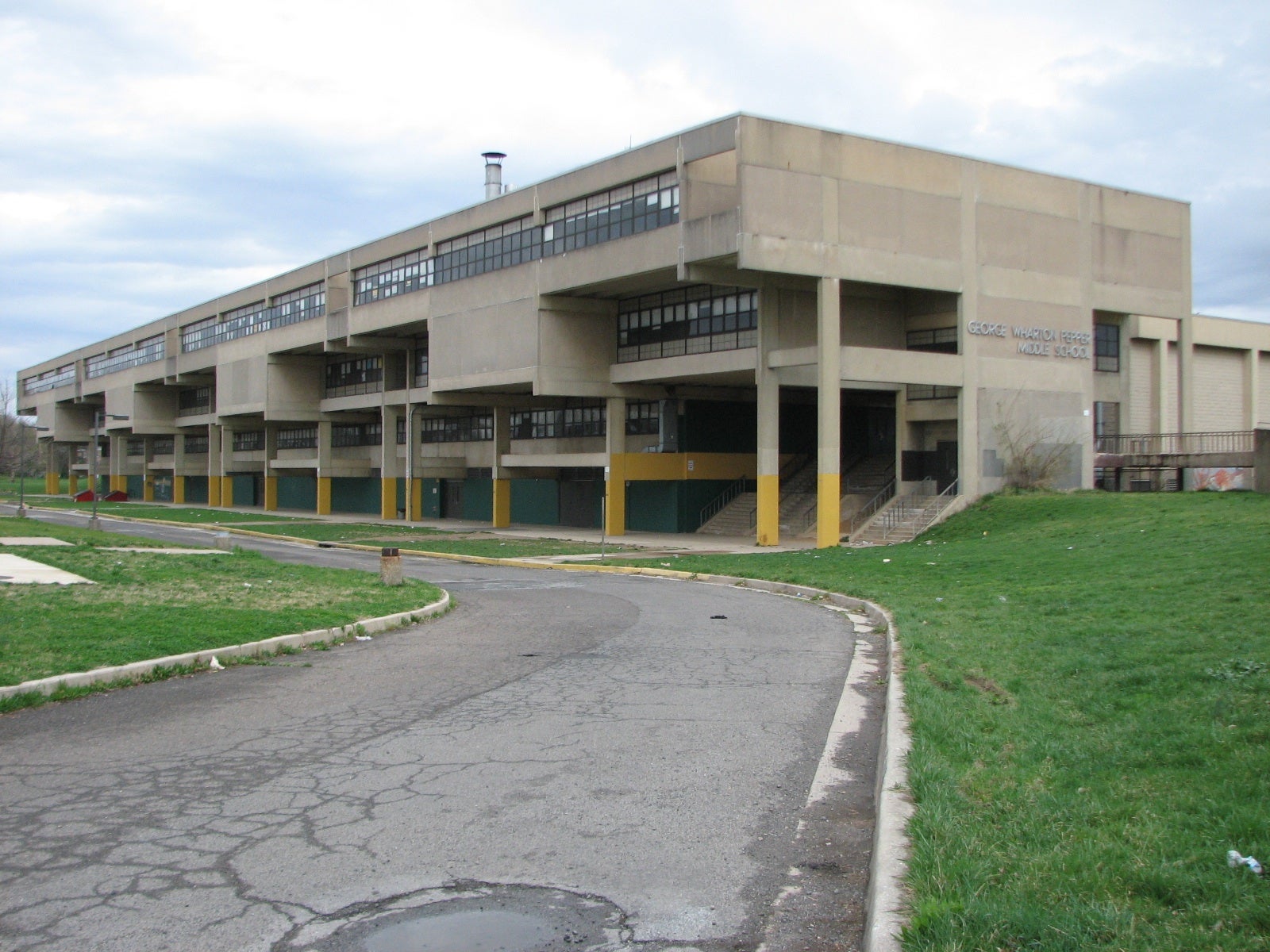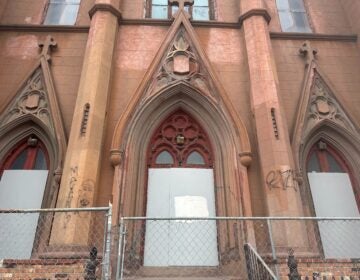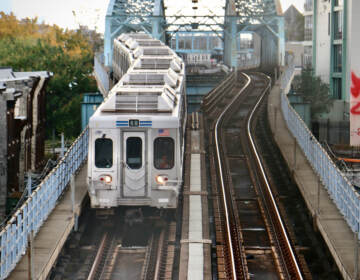Schools threatened with closing reflect a timeline of historic architecture
This report is a product of William Penn Foundation funded reporting partnership between Plan Philly and the Notebook.
Since the Philadelphia School District announced in November the possible closings of nine public schools, parents and students have stood up to defend those schools that have made great educational and social strides in their neighborhoods.
The School Reform Commission held community meetings this month to hear residents’ reasons for keeping the schools open, and the commission is scheduled to vote Thursday (March 28) on the district’s proposals.
But in addition to their academic contributions, the nine schools have significant historical and architectural significance, and those factors should also be considered by the School District and the commission in deciding the fate of the buildings, according to preservationists.
“What we really need to do as a preservation and development community is look at where adaptive reuse has been successful,” said Ben Leech, director of advocacy at the Preservation Alliance of Greater Philadelphia. “We should look at building types that lend themselves to certain uses. Not every use is viable in every part of the city. But as an exercise in adaptive reuse, certain school buildings have been proven to work.”
Six of the nine schools on the proposed closing list appear on the National Register of Historic Places. They are among 158 school buildings nominated in the late 1980s to be part of a special thematic district on the National Register. The full list ranges in architectural styles used from 1818 to 1938: from Georgian and Colonial, to Classical Revival, to English Gothic, to Art Deco and Machine Age.
The national historic designation makes their redevelopment eligible for federal and state tax credits. But only listing on the Philadelphia Register of Historic Places would protect them from significant alteration or demolition.
The oldest of the nine buildings proposed for closing is the William Levering Elementary School, 6000 Ridge Avenue, a two-and-a-half-story stone and granite structure in the historic section of Roxborough. Several buildings served as schools on the site, all bearing the name Levering. The 1895 building at Ridge and Mastery Avenues was designed by Joseph W. Anschutz in the Colonial Revival style. A three-story limestone-trimmed brick addition was added in 1928 in the Art Deco style by Irwin T. Catharine.
“Catharine designed this latter addition not to match the original structure, but in the style he employed so effectively throughout the city,” according to the form that nominated Levering to the National Register thematic district. “Rather than impairing the integrity of the Anschutz design, the juxtaposition of these two structures illustrates in one location how the design and concept of public schools have changed so radically in thirty years.”
Sheridan West Academy Middle School, Frankford and Castor Avenues, still bears the plaque with its original name, the George L. Horn Public School, erected in 1903 by Lloyd Titus. The three-story building, constructed of ashlar with granite and terra cotta trim, is a stubborn, stone survivor of historic Frankford.
“The Horn School stands as an unusual and intact example of the Anglo-Gothic work of school board draftsman Lloyd Titus,” the National Register nomination form stated. “Best known for his many school designs in the Colonial Revival style, Titus demonstrates a knowledge of the Academic Gothic, a popular choice for 20th century collegiate buildings. Titus represented the last non-architect to hold the position of Chief Draftsman working under the Supervisor of Buildings for the School Board.”
Another of Titus’ innovative designs, Thomas A. Edison High School, the “castle” on Lehigh Avenue at 7th Street, was destroyed by fire last summer.
The Edwin M. Stanton Elementary School, 1700 Christian Street, sits in an energized South Philadelphia neighborhood. The three-story, rectangular brick building was designed in 1925 by Irwin Catharine in the Art Deco style, and the Greek Doric portico on 17th Street glows with colored tiles and trim that also run below the stone cornice.
This school, which retains many of its original features, “reflects a marked break in architecture from the traditional forms, e.g., Georgian Revival and Collegiate Gothic, for schools and stresses modernity,” the nomination form explained.
The Thomas Fitzsimons Middle School, 2601 West Cumberland Street, is a grand cathedral of a building that dominates a struggling North Philadelphia neighborhood. The four-story brick and stone structure has stone, Gothic arched entrances and a battlemented tower, designed in 1926 by Irwin Catharine. It is part of a “second generation of junior high schools constructed throughout the city,” according to the nomination form.
The William H. Harrison Elementary School, 1012 West Thompson Street, in a residential neighborhood in North Philadelphia, was built by Irwin Catharine in 1928. The three-story brick building features a Tudor-arched entrance. While other schools by Catharine from this period have been compromised by later alterations, “the Harrison School stands as a well-preserved example of one of Catharine’s principal design types,” the nomination form proclaimed.
The Philadelphia High School for Business and Technology, 13th and Brandywine Streets, was called the Helen Fleischer Vocational School when it was built in 1925 by John D. Cassell. Carved stone owls and studious characters stare down from the arched entrance of the Academic Gothic building. It is one of several campuses in the neighborhood that could be a candidate for reuse as the North Broad Street redevelopment takes hold.
Isaac A. Sheppard Elementary School, 120 West Cambria Street, is a handsome little stone school erected in 1897. But it was not listed on the National Register because of infill construction in its courtyard in the 1980s. Situated in a tough and beaten West Kensington neighborhood, the residents, educators and students at Sheppard praise the academic achievements and innovative programs at the school, which has the largest percentage of Latino students (94 percent) in the School District. Above and below the 19th-century name plaque on the façade, the windows are decorated with artwork that cries out, “Save Our School.”
The Charles R. Drew Elementary School was built in 1952 at 3724 Warren Street, on the outskirts of the Drexel University campus. The L-shaped brick building was “emblematic of the type of school built in the 1950s that really needs to be reassessed for eligibility for the National Register thematic district,” said Leech, of the Preservation Alliance. “There was a big boom of school-building after the war, and all of these neighborhood schools look alike on first glance, though some were very innovative. This speaks to the need to look again at the National Register nominations and think about what else should be included.”
The last of the nine schools on the proposed closing list is the George Pepper Middle School, a concrete behemoth at 2901 South 84th Street in far Southwest Philly. It was designed in 1974 by Caudill Rowlett Scott, a Texas-based firm that built schools around the world.
“It’s interesting because it’s such a brutalist, monolithic, imposing 1970s building,” Leech said. “It is the most striking building in the Eastwick neighborhood, and it speaks to the development of that neighborhood. … And it’s definitely of a time.”
Leech said there is a need to examine the importance of small post-war schools like Drew and post-Modernist projects like Pepper. “The historic continuity of school design is no less significant for these buildings than early 20th century design. Representative samplings should be included on the National Register.”
Contact the writer at ajaffe@planphilly.com.
WHYY is your source for fact-based, in-depth journalism and information. As a nonprofit organization, we rely on financial support from readers like you. Please give today.



